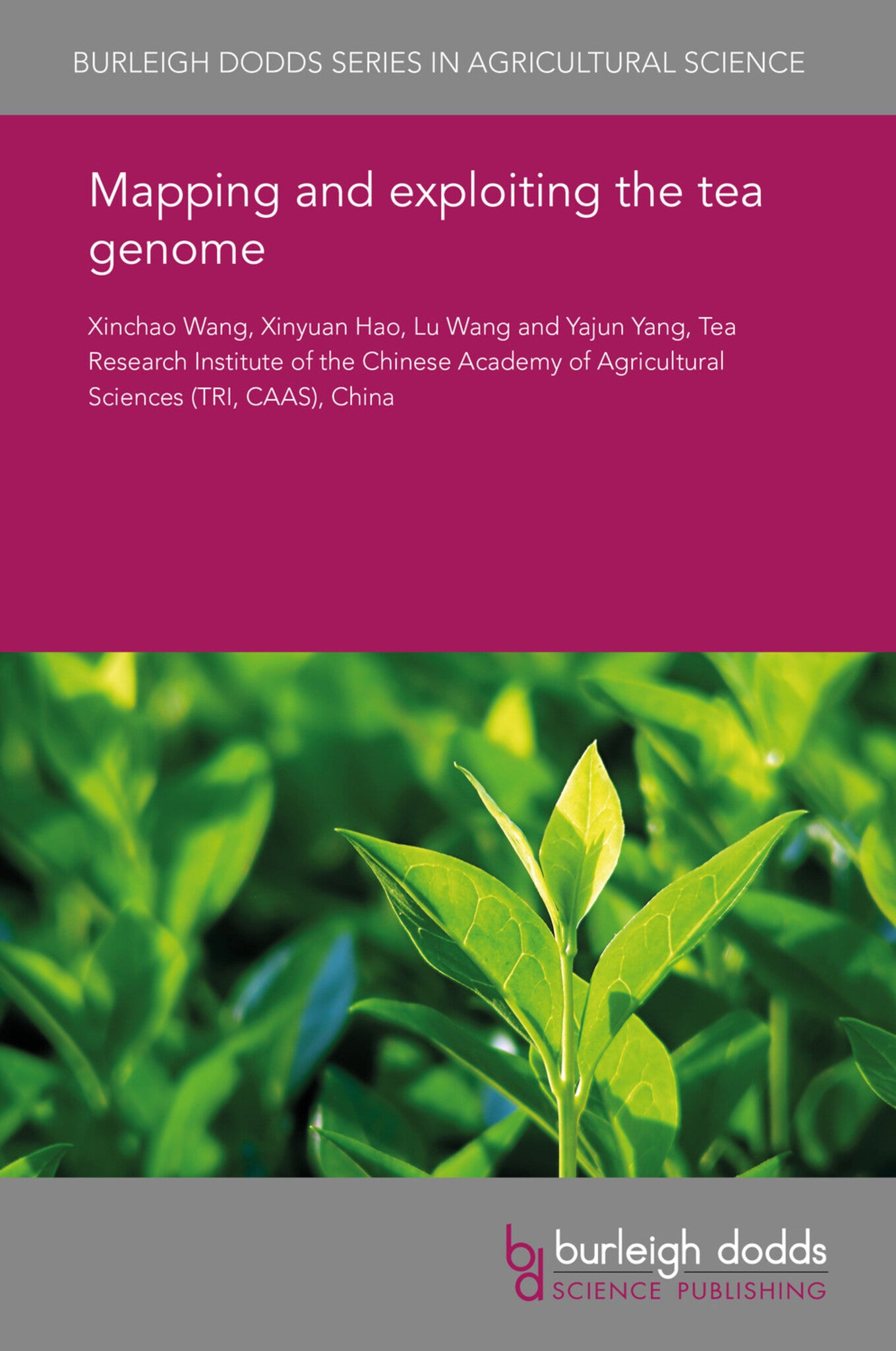We're sorry. An error has occurred
Please cancel or retry.
Mapping and exploiting the tea genome

Some error occured while loading the Quick View. Please close the Quick View and try reloading the page.
Couldn't load pickup availability
- Format:
-
19 February 2018


TECHNOLOGY & ENGINEERING / Agriculture / Sustainable Agriculture, Agronomy and crop production, TECHNOLOGY & ENGINEERING / Agriculture / Tropical Agriculture, TECHNOLOGY & ENGINEERING / Agriculture / Agronomy / General, Botany and plant sciences, Sustainable agriculture, Tropical agriculture

1 Introduction 2 Progress in genetic linkage map construction and qualitative trait locus (QTL) identification for the tea plant 3 The progress of functional genomics in exploiting genes associated with desirable traits 4 Progress in ‘omics’ research: overview and secondary metabolites 5 Progress in ‘omics’ research: stress response and dormancy 6 Conclusion and outlook 7 Where to look for further information 8 Acknowledgements 9 References



